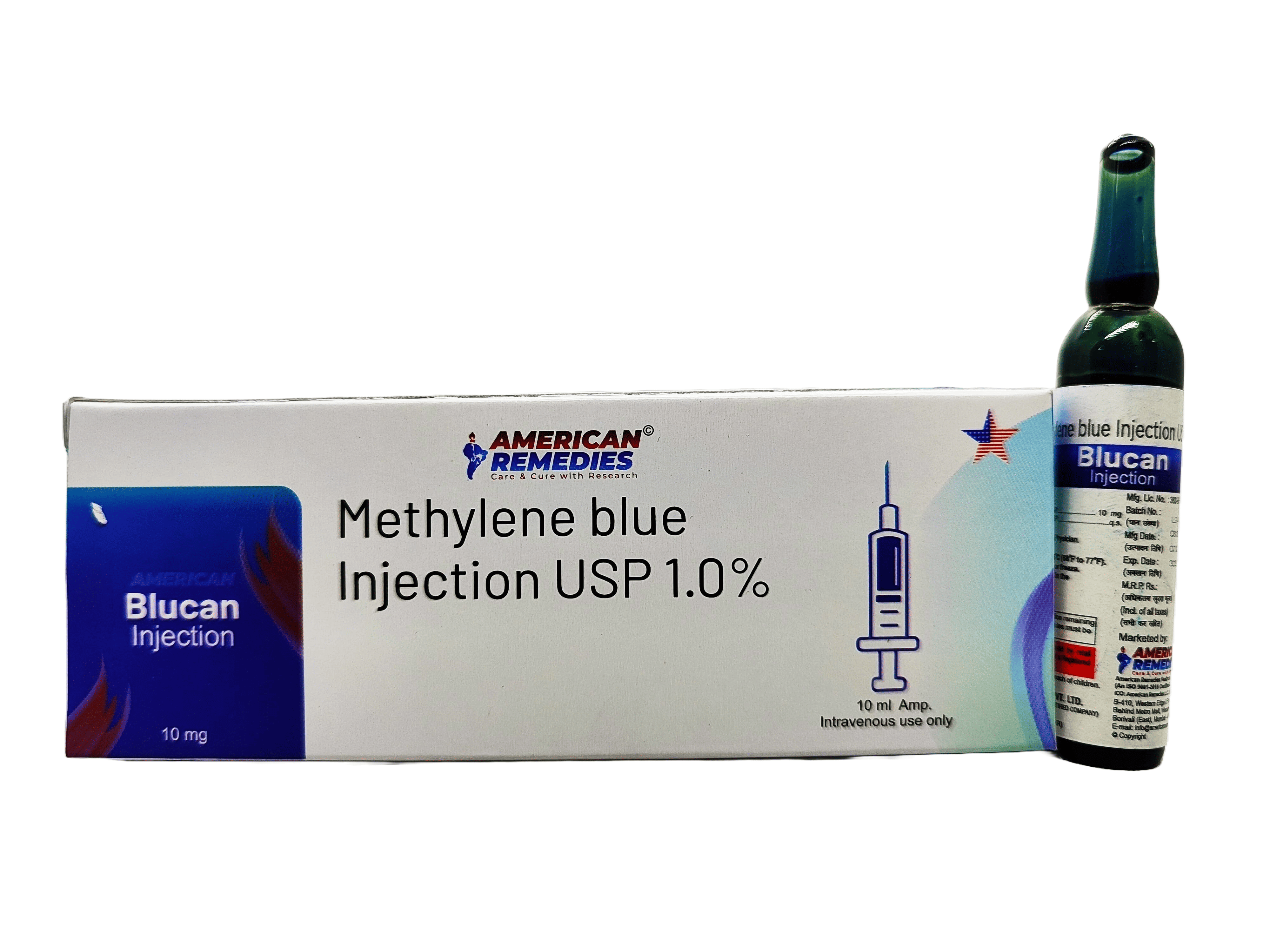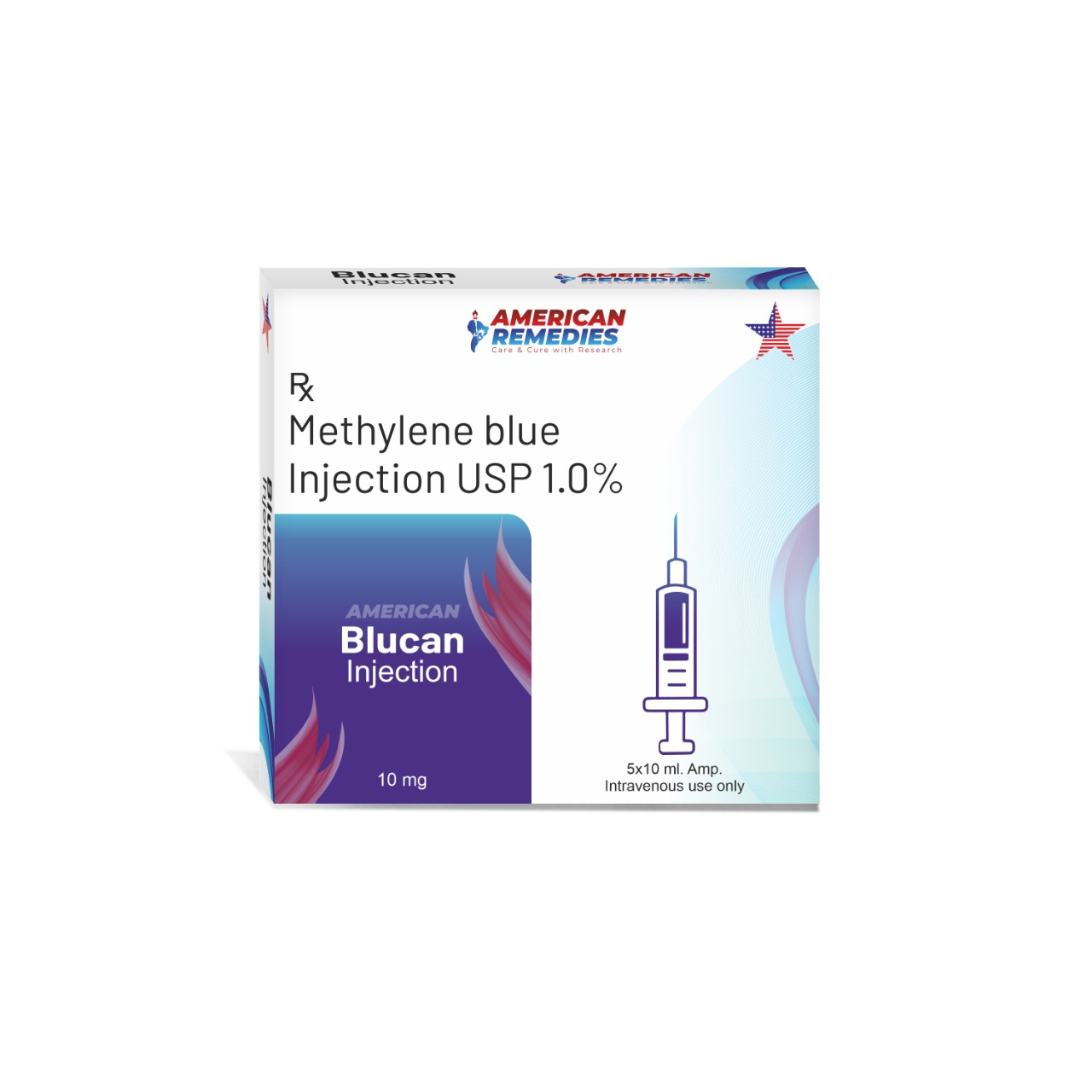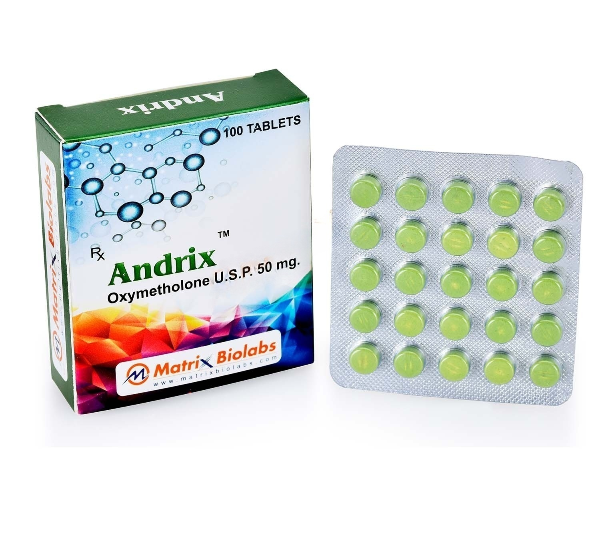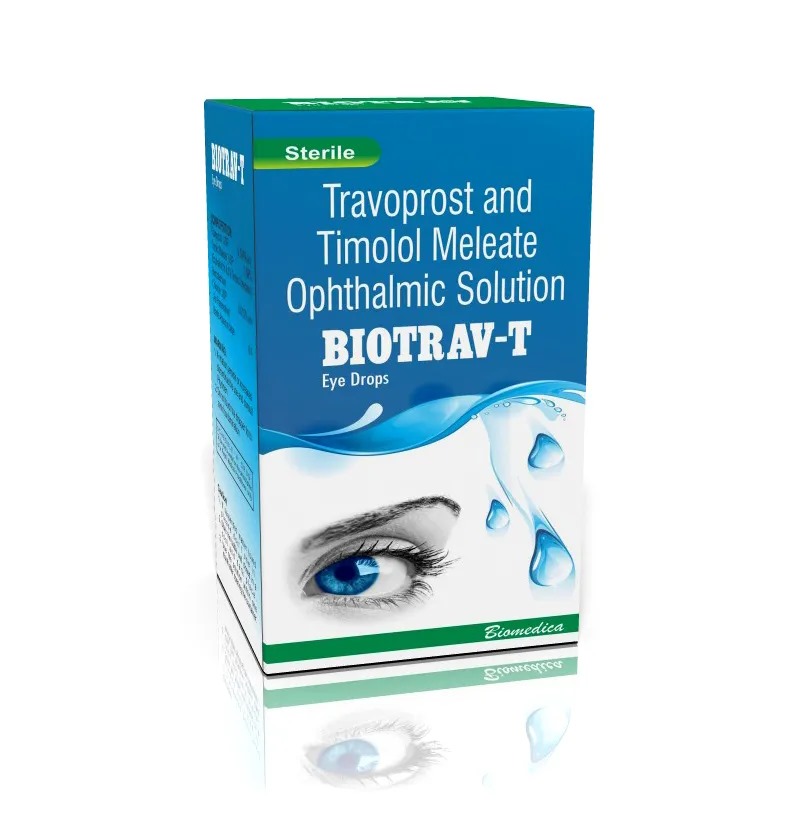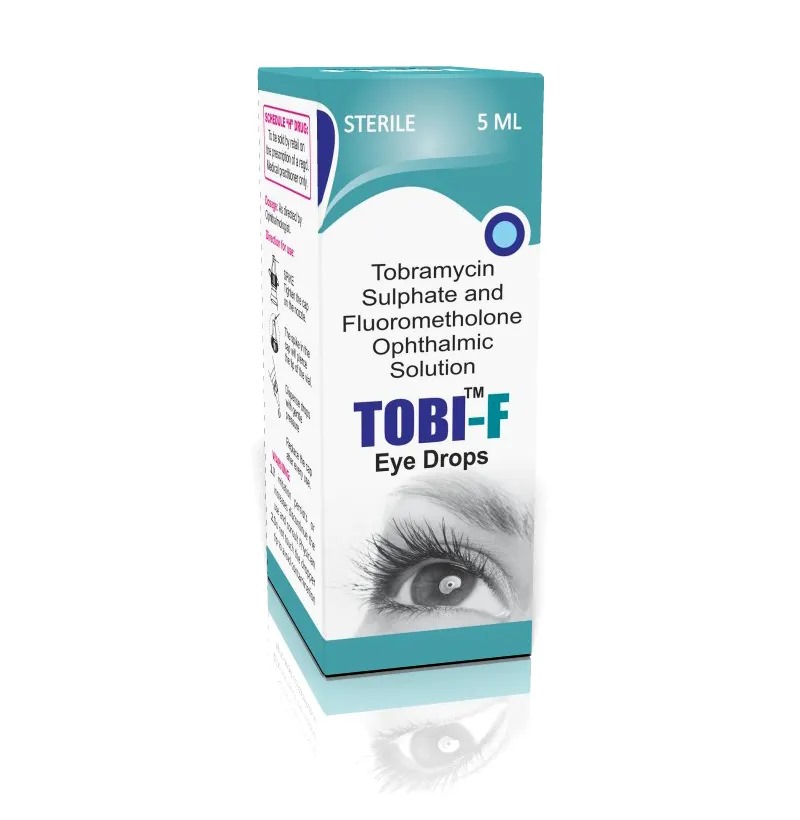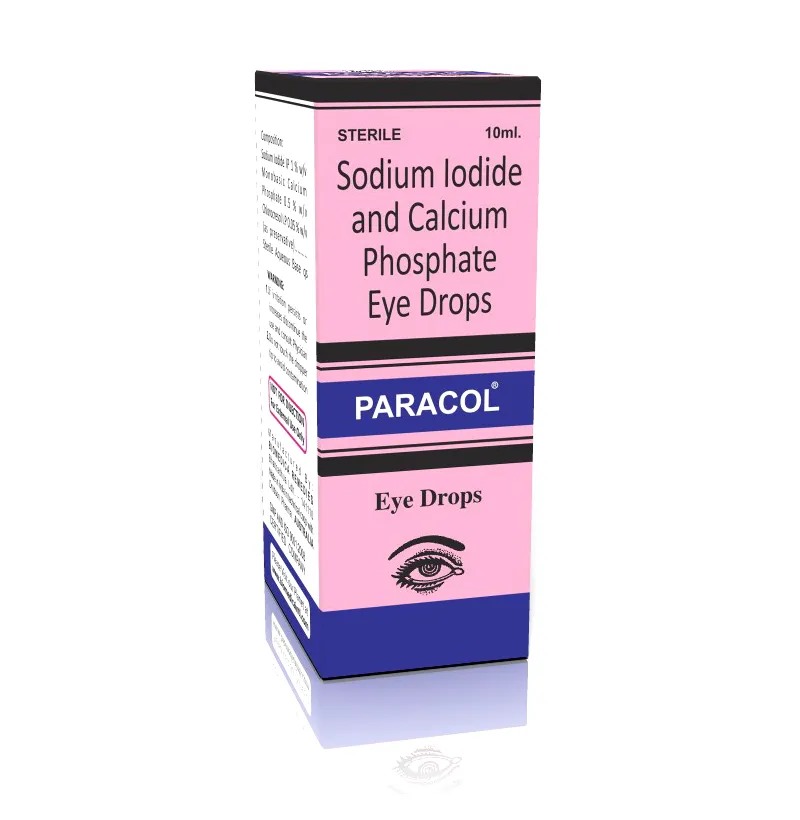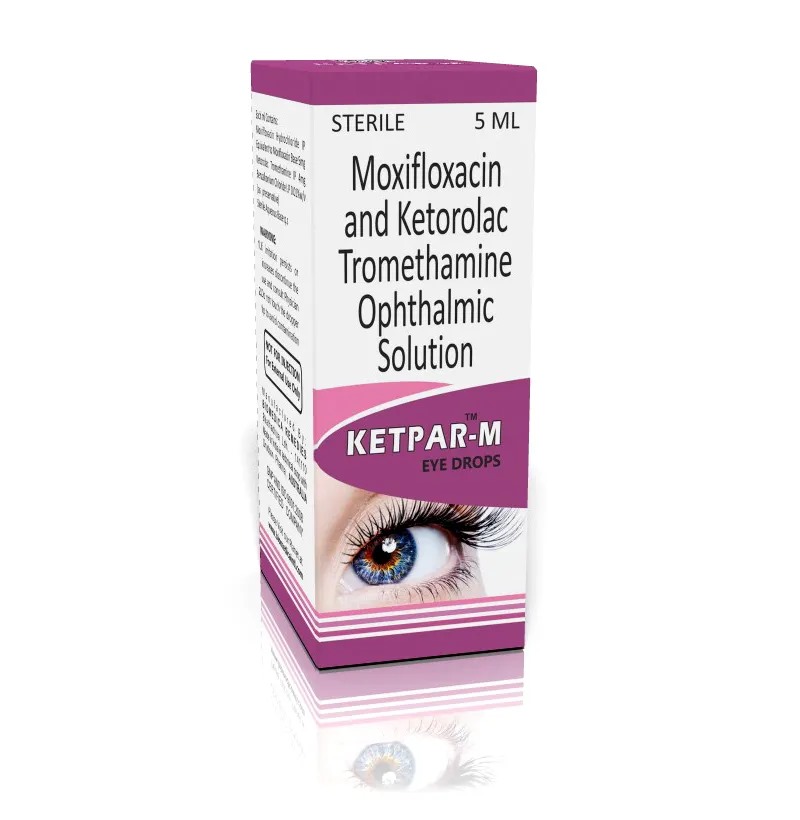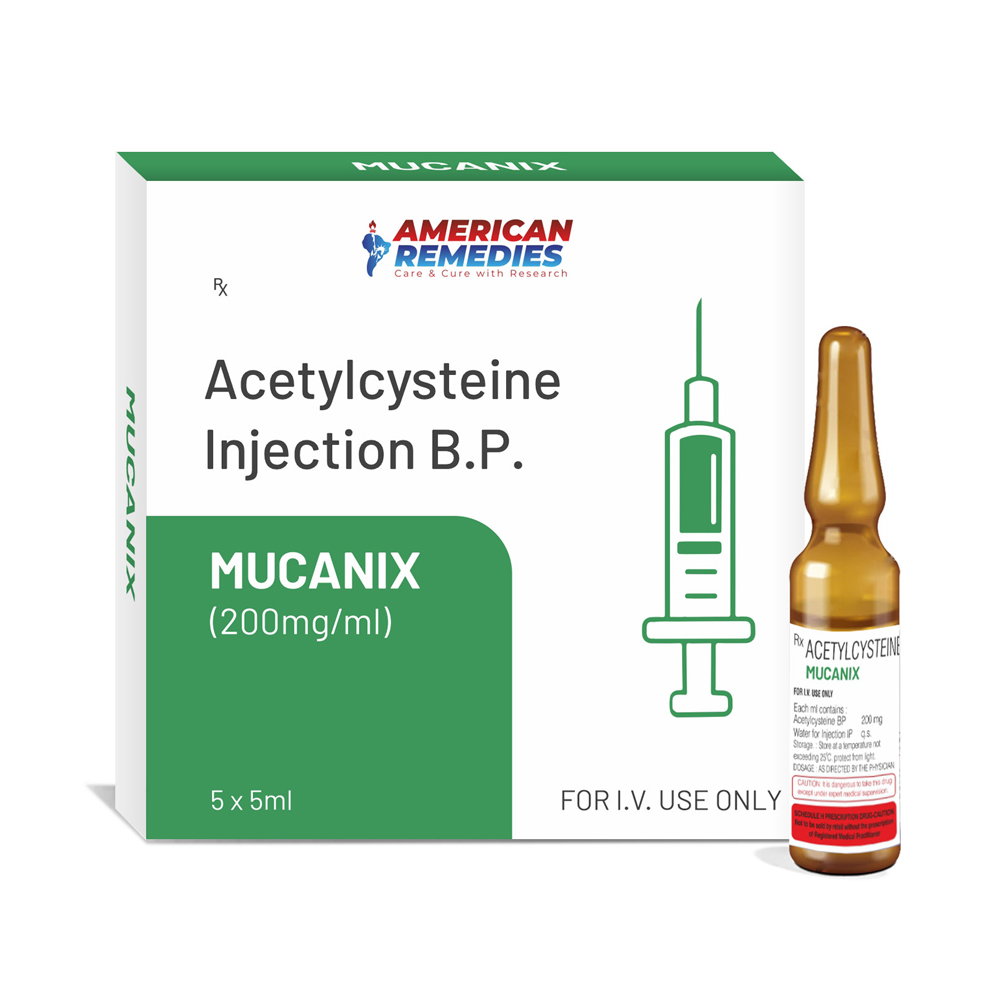Methylene Blue Injection is a versatile medication with several clinical uses. It’s a synthetic dye that also functions as a medicinal agent, especially in emergency and critical care settings. ✅ Primary Medical Uses of Methylene Blue Injection Methemoglobinemia Treatment Main use: It rapidly treats methemoglobinemia, a condition where hemoglobin can’t carry oxygen effectively. Converts methemoglobin (Fe³⁺) back to normal hemoglobin (Fe²⁺), restoring oxygen delivery. Urinary Tract Antiseptic (rarely used today) Has mild antiseptic properties in the urinary tract when used with other agents. Ifosfamide-Induced Encephalopathy Used off-label to counteract neurotoxicity caused by the chemotherapy drug ifosfamide. Intraoperative Staining Agent Surgeons and urologists may use it to identify structures (e.g., fistulas, ureters, sentinel lymph nodes). Vasoplegic Syndrome in Cardiac Surgery (off-label) Helps raise blood pressure in cases of refractory hypotension after heart surgery, by inhibiting nitric oxide pathways. Diagnostic Aid Sometimes used to help visualize certain body structures or to test for leaks (like gastrointestinal perforations). ⚠️ Important Warnings & Precautions Serotonin Syndrome Risk: Methylene blue is a monoamine oxidase inhibitor (MAOI) — do not use with SSRIs, SNRIs, or other serotonergic drugs. G6PD Deficiency: Can cause hemolysis in people with glucose-6-phosphate dehydrogenase deficiency. Pregnancy: Generally avoided unless absolutely necessary. 💉 Side Effects Pain at the injection site Nausea, vomiting Headache, dizziness Blue or green discoloration of urine, stool, or skin (temporary and harmless) High doses: confusion, agitation, or chest pain
Send Message